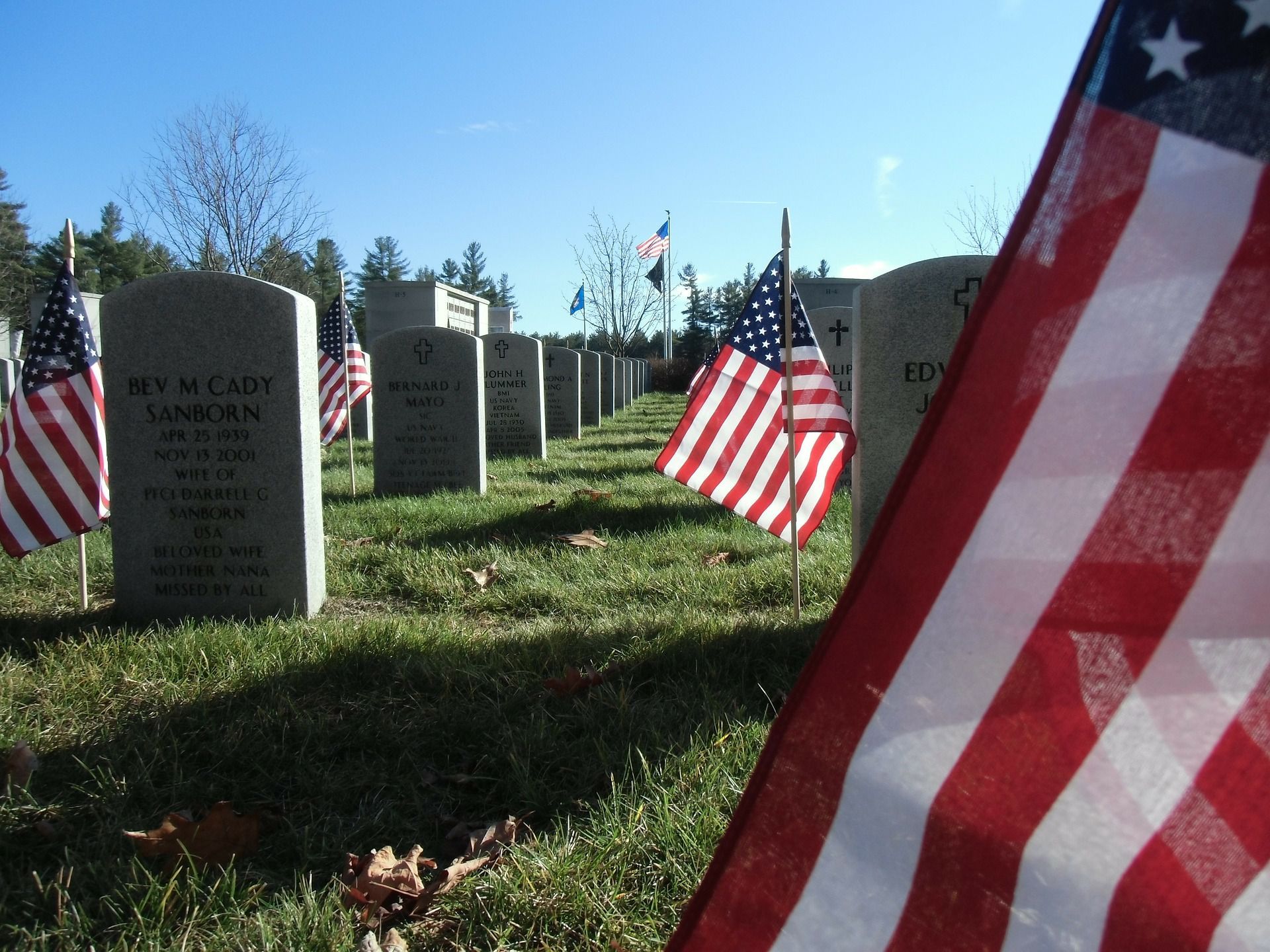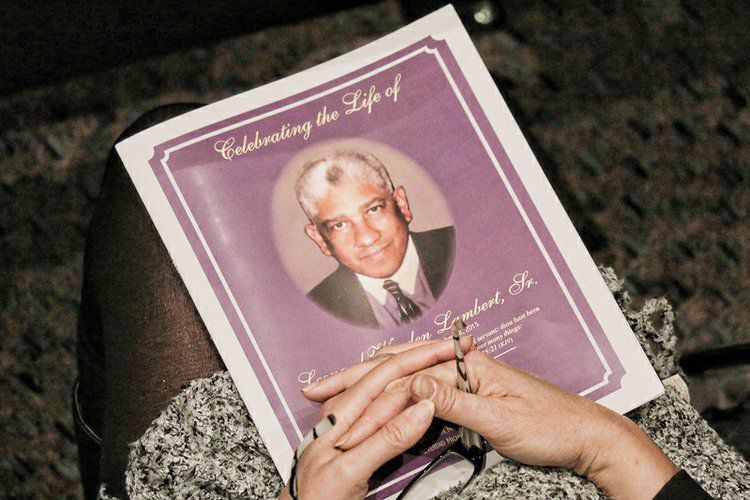How To Deal With Social Media And Email Accounts After Death
The process for dealing with post-mortem web accounts is a new challenge for those experiencing the loss of a loved one. The average Internet user has over 25 online accounts according to a Microsoft study. Almost everyone uses the Internet in some way, and of those who use the Internet, 72% have social media accounts. These accounts — along with other digital accounts such as online banking and email accounts — need to be managed after a person’s death.
State Laws
Virginia, Connecticut, Rhode Island, Oklahoma, Indiana, Nevada, and Idaho are the only six states that have laws in place to designate control over digital accounts after a person has died. Generally, the state laws simply require companies like Facebook and Google to hand over access to these accounts when a representative of the deceased provides a written request. Some of the state laws only apply to email accounts, leaving confusion about social media and other password-locked accounts.
Company Policies
To compound the complicated nature of this issue, many of the sites themselves — Facebook and Twitter, for example — retain some rights to the content posted by the person’s account. Thus, these companies are making their own rules about how to manage post-mortem accounts.
Upon the death of a Twitter user, the company provides a form for requesting account deactivation. This form must be filled out by the deceased’s estate executor or a verified immediate family member. Twitter also requires a copy of the death certificate and a copy of the ID of the person requesting deactivation. The company will not provide access to the account for anyone — they only offer the option of deactivation upon death.
Facebook has the same policy as Twitter regarding access to accounts of the deceased. They will not allow someone to actively use the deceased’s account, but (unlike Twitter) they provide an alternative to simply deleting the account: a memorialized account. These accounts provide a digital memorial by maintaining the shared material of the deceased user and sometimes allowing friends to comment and share on the memorialized page. The memorialized account is locked out for any user other than the legacy contact
, who can post additional information (such as funeral plans or final messages) but cannot change other parts of the profile.
Facebook makes it possible for users to pre-arrange memorialization or deletion of their profile upon death in the website’s settings. If your loved one hasn’t arranged this, the company’s policy is to memorialize the profile. If you’d prefer the account be deleted, Facebook has a specific form
for this request. To expedite the process, they recommend providing a scanned copy of the death certificate.
Google provides an opportunity for loved ones or estate executors to close Gmail accounts, but they are very concerned with privacy. They will not provide login details and requests for information from a deceased person’s account are decided on a case-by-case basis.
Google has a tool for users to designate the plan for their account after death. The Inactive Account Manager
will alert a person or share certain data when your Google accounts (such as Gmail and Blogger) have been inactive for a certain amount of time. You can also instruct the Inactive Account Manager to shut down your account after a specified period of inactivity.
The Importance of Planning
Digital accounts are a modern-day issue that needs to be addressed in estate planning. If your loved one has provided pre-arrangement for the funeral, this information should be a part of that planning process. Encourage any internet users to assign a point person for their digital accounts. They should provide this person with written permission to manage their accounts after death, a list of all websites, usernames, and passwords, as well as detailed instructions on how to manage the accounts post-mortem.




